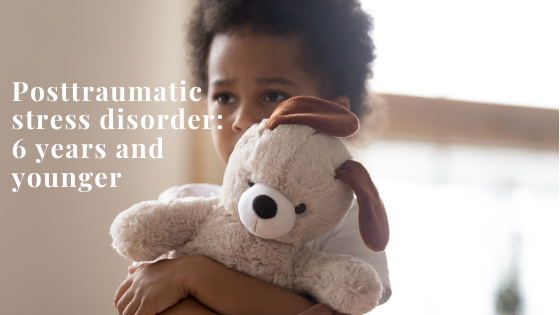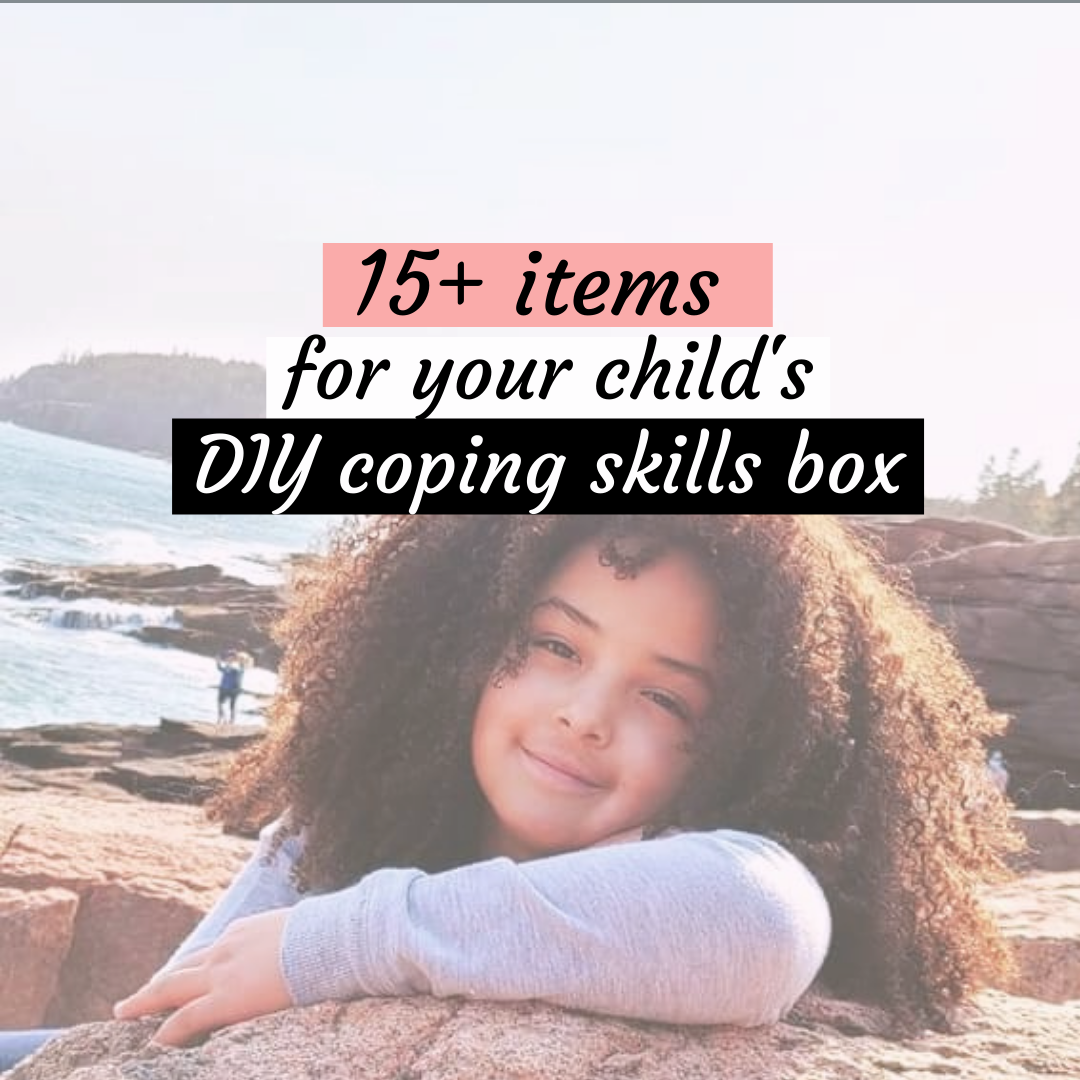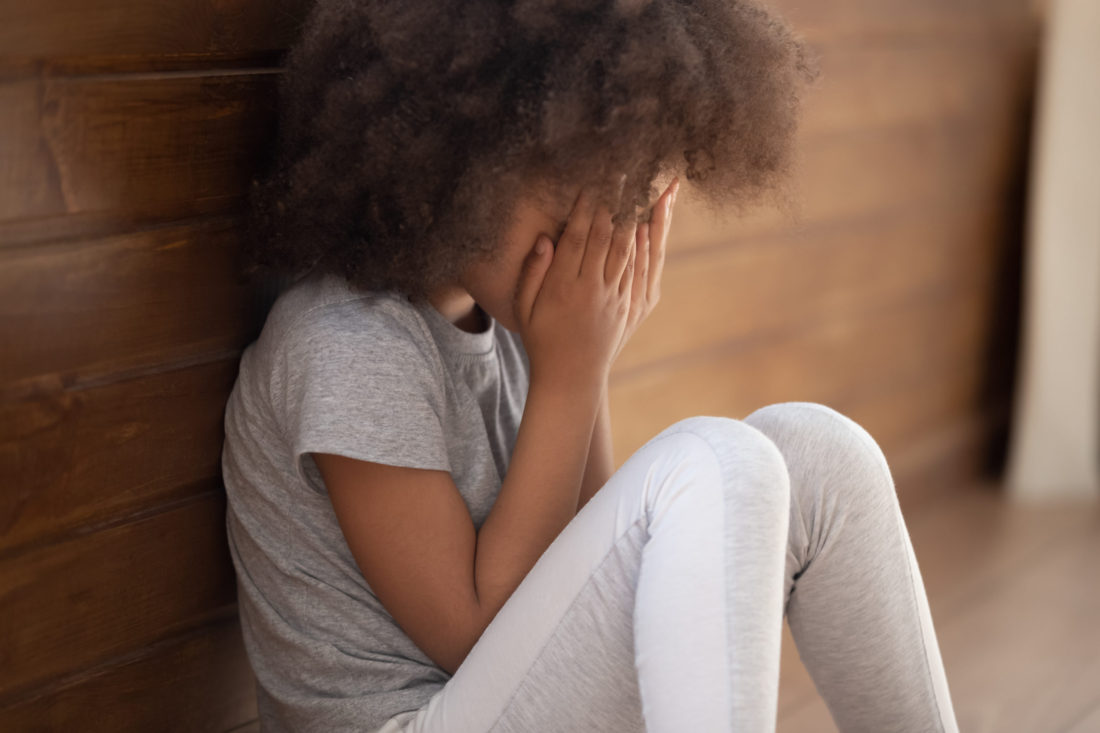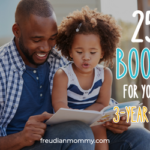As moms, we do everything we can to ensure that our children have a healthy, safe, and trauma-free upbringing. However, no matter how much effort we put into raising our children, sometimes it is the people we trust the most who can expose them to trauma. That’s what makes it so scary!
My worst fear as a mom is learning that something traumatic has happened to my children. It is even more terrifying as a therapist because I know how detrimental trauma can be to children who are exposed.
Children can’t always verbalize what happened to them, and sometimes perpetrators can further traumatize them by threatening to bring harm to their loved ones if they say something about the abuse that took place.
As parents, we must be prepared to identify the signs and symptoms of posttraumatic stress disorder in case we find ourselves in a situation that requires identifying these symptoms. Knowing the childhood symptoms of PTSD will ensure your child gets the immediate help that they need.
What is posttraumatic stress disorder?
Posttraumatic Stress Disorder, or PTSD, is a mental health disorder that is especially difficult in children 6 years and younger, as they have a much harder time verbalizing their thoughts and feelings.
Children who experienced or witnessed neglect, natural disaster (e.g., earthquake), tragedies (e.g. bombing), violent personal attacks (e.g., rape, kidnapping), physical, sexual, and emotional abuse, bullying, a car accident, or other life-threatening events can develop PTSD.
PTSD can occur at any age, beginning after the first year of life. Symptoms usually start the first three months after the trauma but can delay for months and even years after a traumatic event. The duration of these symptoms is generally more than one month. And PTSD often occurs with depression and anxiety.
Signs and symptoms of PTSD According to the DSM-5:
The Diagnostic and Statistical Manual of Mental Disorders (DSM-5) defines generalized anxiety disorder by several key diagnostic criteria.
These criteria apply to children 6 years and younger.
1) Exposure to actual or threatened death, serious injury, or sexual violence in one or more ways:
- Directly experiencing the traumatic events
- Witnessing, in person, the traumatic events as it occurred to others, especially primary caregivers.
Note: Witnessing does not include events that are witnessed only in electronic media, television, movies, or pictures.
- Learning that the traumatic events occurred to a parent or caregiver
2) The presence of one or more of the following intrusion symptoms associated with the traumatic events, beginning after the traumatic events occurred:
- Recurrent, involuntary, and intrusive distressing memories of the traumatic events.
(Note: Spontaneous and intrusive memories may not necessarily appear distressing and may be expressed as play reenactment).
- Recurrent distressing dreams in which the content and/or affect of the dream are related to the traumatic events
(Note: It may not be possible to ascertain that the frightening content is related to the traumatic event).
- Dissociative reactions (e.g., flashbacks) in which the child feels or acts as if the traumatic events were recurring. (Such reactions may occur on a continuum, with the most extreme expression being a complete loss of awareness of present surroundings.) Such trauma-specific reenactment may occur in play.
- Intense or prolonged psychological distress at exposure to internal or external cues that symbolize or resemble an aspect of the traumatic events
- Marked physiological reactions to reminders of the traumatic events
3) One (or more) of the following symptoms, representing either persistent avoidance of stimuli associated with the traumatic events, or negative alterations in cognitions and mood associated with the traumatic events, must be present, beginning after the events or worsening after the events:
Persistent Avoidance in Stimuli
- Avoidance of or efforts to avoid activities, places, or physical reminders that arouse recollections of the traumatic events
- Avoidance of or efforts to avoid people, conversations, or interpersonal situations that arouse recollections of the traumatic events
Negative Alterations in Cognitions
- Substantially increased frequency of negative emotional states (e.g., fear, guilt, sadness, shame, confusion)
- Markedly diminished interest or participation in significant activities, including constriction of play
- Socially withdrawn behavior
- Persistent reduction in expression of positive emotions (e.g., inability to experience happiness, satisfaction, or loving feelings)
4) Alterations in arousal and reactivity associated with the traumatic events, beginning or worsening after the traumatic events occurred, as evidenced by two or more of the following:
- Irritable behavior and angry outbursts (with little or no provocation) typically expressed as verbal or physical aggression toward people or objects (including extreme temper tantrums.)
- Hypervigilance
- Exaggerated startle response
- Problems with concentration
- Sleep disturbance (e.g., difficulty falling or staying asleep or restless sleep)
The disturbance causes clinically significant distress or impairment in relationships with parents, siblings, peers, or other caregivers or with school behavior.
The disturbance is not attributable to the physiological effects of a substance (e.g., medication, alcohol) or another medical condition.
Treatment:
Posttraumatic stress disorder is treated with psychotherapy. Depending on your child’s age, general health, and severity of the symptoms, medication may be used in combination with psychotherapy.
Contact your child’s medical provider if you believe your child is exhibiting symptoms of posttraumatic stress disorder.












